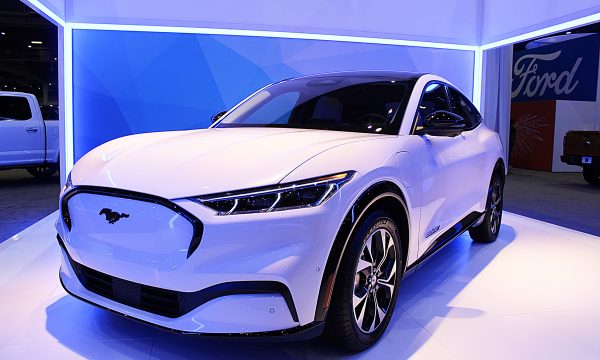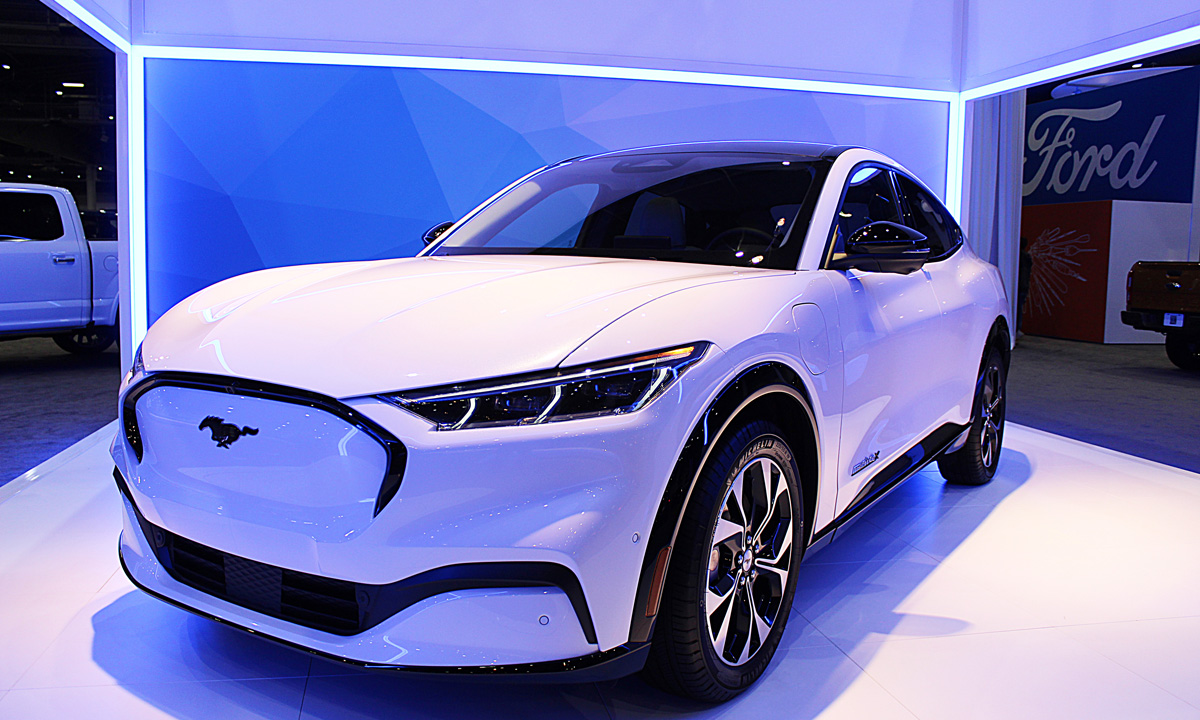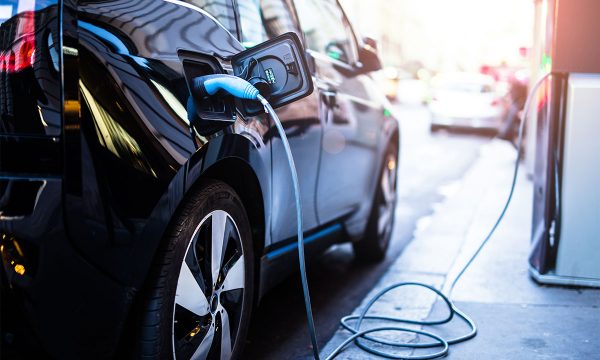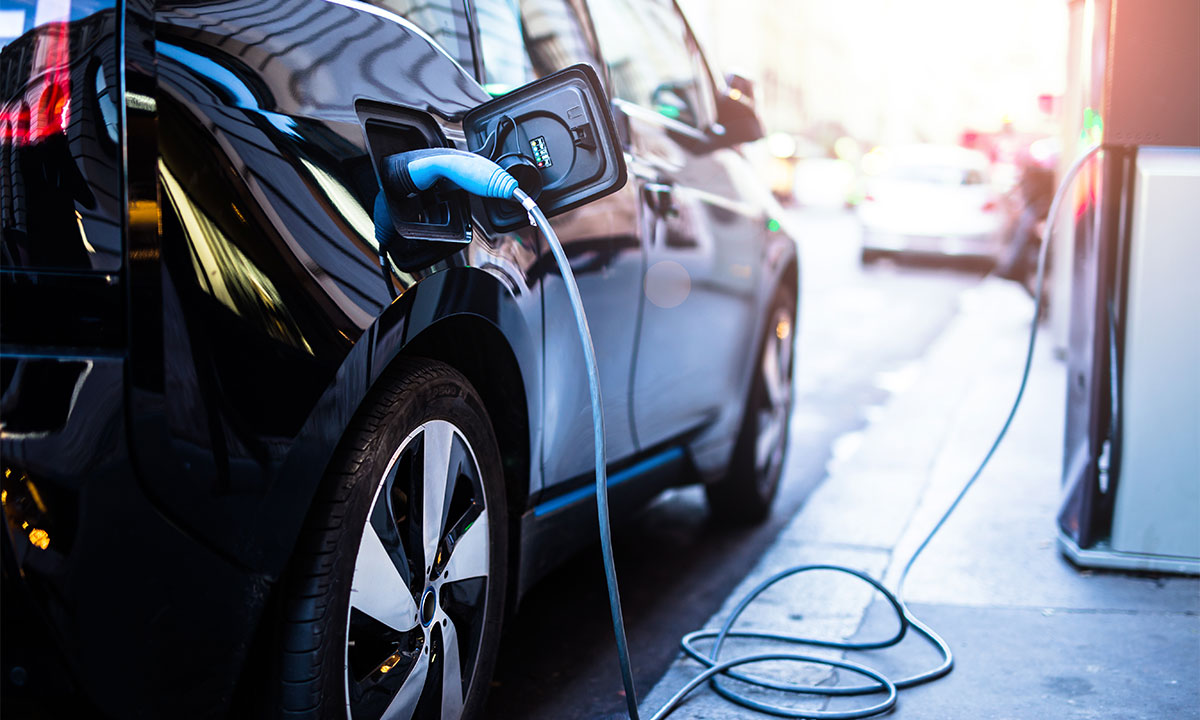Ottawa’s ZEV mandates are a solution in search of a problem — but are creating their own problems
For the second year in a row, almost to the day, the federal government delivered another lump of coal to the automotive industry just before Christmas.
On December 19th, 2023, Canada’s Minister of the Environment and Climate Change, the Hon. Steven Guilbeault accompanied by a phalanx of Cabinet Ministers and Members of Parliament followed up last year’s draft zero emission vehicle mandate regulation by announcing the final regulation dubbed the Electric Vehicle Availability Standard.
This new name for the ZEV mandate would seem to imply that there is a market problem (lack of ZEVs available for sale) that the ZEV mandate will solve. Let’s look, however, at the evidence.
We should have full year registration data available for last year in the very near future, but if we look at the data released by S&P Global for the third quarter of last year, one would be hard-pressed to conclude that we have an “availability” problem that the new standard needed to solve.
S&P Global data revealed that third quarter registrations of BEVs and PHEVs represented a record 13.3 per cent, up 2.7 percentage points from the second quarter. Record registrations of ZEVs would seem to suggest that consumers aren’t having much of a problem finding and purchasing ZEVs.
If that’s the case, then why do we need this new “availability standard”, especially since Canada will be harmonizing with the final greenhouse gas emissions regulation in the United States — which we should see around April — the stringency of which will drive vehicle manufacturers to sell more ZEVs in order to comply.
Through this and other initiatives the Biden administration has committed to reaching 50 per cent ZEV sales by 2030 without a ZEV mandate. True, it is 50 per cent of sales compared to 60 per cent in Canada, but it is a more realistic number that the 60 per cent targeted for 2030 in the ZEV mandate.
That said, the ship has obviously sailed with respect to whether the ZEV mandate, sorry “Electric Vehicle Availability Standard”, is the right policy tool, that decision was made last year — again a few days before Christmas, when the Parliamentary Secretary to Minister Guilbeault released the draft regulation for comment.
The last year could be characterized as a period of intense lobbying nonetheless by the industry and those in the environmental community to tweak the regulations — the industry looking for compliance pathways and off-ramps — should outside forces (most notably consumer uptake) undermine the assumptions made by the regulators, while those in the environmental community were looking to shut down or narrow the compliance flexibilities that were in the draft regulation.
So, where did we end up? The final regulation reflects three main changes that the industry is still assessing the overall impact of.
The first of these three changes was greater recognition of the role of Plug-In Hybrid Electric Vehicles (PHEVs) in the transition to full electrification, which is frankly a reflection of the fact that the government itself has become more painfully aware of both charging infrastructure challenges and other practical adoption shortcomings resulting in lower ZEV uptake outside of major urban centres.
The second change was the introduction of early action credits, meaning that car companies could earn credits for ZEVs put on the road in 2024 and 2025 to assist with their compliance burden under the regulation which begins with model year 2026. (As an aside, 2026 Model Year vehicles will be available for sale as early as January 2nd, 2025 or less than one year from now).
The third change relates to the ability of manufacturers to earn credits for deploying charging infrastructure, essentially as a last resort if they cannot earn credits to comply through any other mechanism.
All three of these changes or augmentations have limits as to how much they can contribute to a company’s overall compliance requirement.
The question that has often been put to me and others representing industry interests is “If the industry is already committed to going fully electric why do you oppose a mandate, as it shouldn’t make any difference?”
Part of the challenge is that every manufacturer is at a different spot along the electrification continuum with conventional hybrids at one end (which get no credit and are not part of the regulation) to Fuel Cell Electric Vehicles (FCEVs) at the other end.
And, as noted earlier, the industry had been used to operating in an policy environment where we aligned with the United States on our GHG emissions regulations — in other words reduction targets — which allowed manufacturers the leeway to deploy technology: hybridization, hydrogen, SkyActiv (Mazda), PHEVs, BEVs etc. that they saw fit, to meet the GHG reduction target.
Conversely a ZEV mandate says to the whole industry “we’re changing the rules and our target is now going to be related to technology deployment.”
Thus, some companies, notably Tesla and others who are further along the transition to an electrified fleet, are supportive of that stance because they earn credits for the ZEVs they put on the road (which they don’t need to comply because they only make EVs) so these credits then become a profit centre for them to sell to other companies to assist them with their compliance.
There are a number of problems that the “availability standard” either introduces or does not solve, the first of which is externalities. Vehicle manufacturers are responsible under the standard for putting vehicles into the market but what happens if we have supply chain challenges around batteries, magnets for motors, chips or any other component that prevents manufacturers from producing them?
A second significant externality is consumers and consumer adoption. Yes we’ve seen significant consumer adoption — along the lines noted at the beginning of this column — but what if that slows (as is currently the case in the United States with Canada experiencing longer turn times for ZEVs)?
A more appropriate name for the standard may well be Electric Vehicle Consumer Availability Standard as potential would-be consumers continue to think twice about making the switch given the much higher price for ZEVs compared to their ICE counterparts. There are also the ongoing challenges raised by all involved on this file related to inadequate infrastructure build-out to give would-be consumers the confidence that they can find and charge their vehicle wherever and whenever they need to do so, quickly and at an affordable rate.
There are at least two ways ZEVs can be made more affordable one of which is scale in production (which relies on more sales — so a bit of a chicken and egg situation) and the other is to facilitate the importation of ultra cheap vehicles from China — which has about a 10 year advantage over North America with respect the development and production of ZEVs.
This solution, however, creates another huge geopolitical problem in which we end up essentially sacrificing our North American auto industry — the one Canada has invested north of $30 Billion — to produce batteries, battery components, and EV dedicated production; for affordable Chinese vehicles to assist companies in meeting ZEV mandates.
We are in uncharted territory, and we will all have to find a way to navigate around the significant challenges in an attempt to meet the government’s ZEV targets under this new regulation.
















